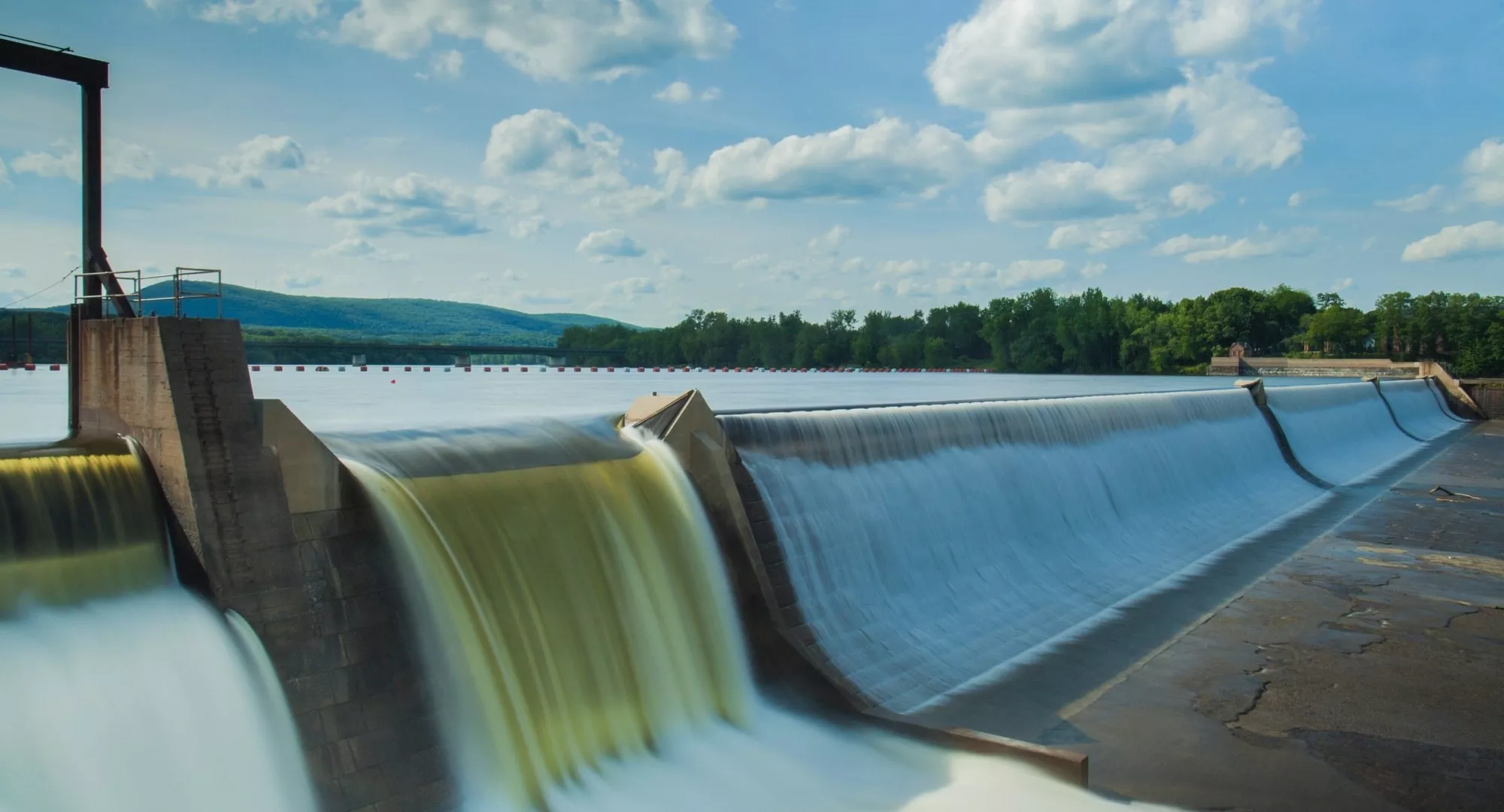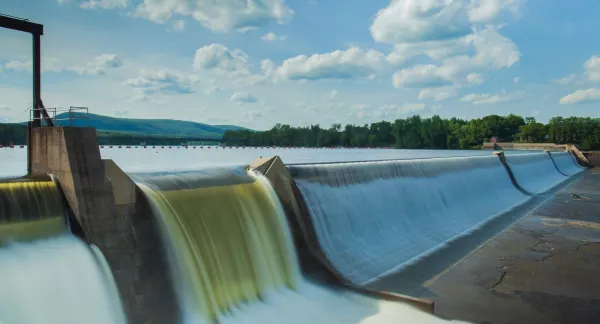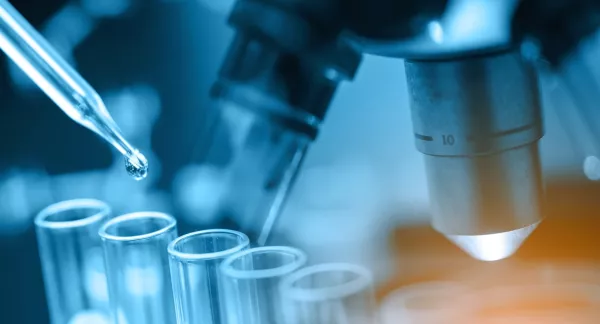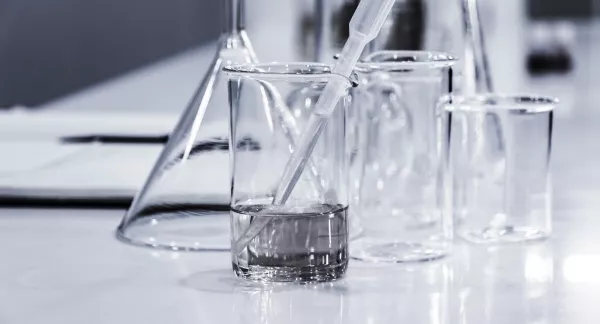
Formation of Nitrosamines and Perfluorochemicals During Ozonation in Water Reuse Applications
Abstract
The ability of ozone treatment to mitigate human and environmental impacts associated with pathogens and trace organic contaminants is making it a promising and trending treatment alternative in water reuse applications, particularly potable reuse. However, the formation of potentially carcinogenic nitrosamines and perfluoroalkyl acids could be a barrier to the widespread use of ozone. Therefore, an evaluation of their occurrence, factors affecting formation, and potential mitigation strategies is warranted. The project targeted the following objectives: Assess the formation of nitrosamines (e.g., NDMA) upon ozonation of treated wastewaters; Assess the formation of perfluoroalkyl acids (PFAAs; e.g., PFOA and PFOS) upon ozonation of treated wastewaters; Evaluate the factors responsible for the formation of these ozone byproducts; Recommend potential mitigation strategies.
Originally funded as WERF project Reuse-11-08.


